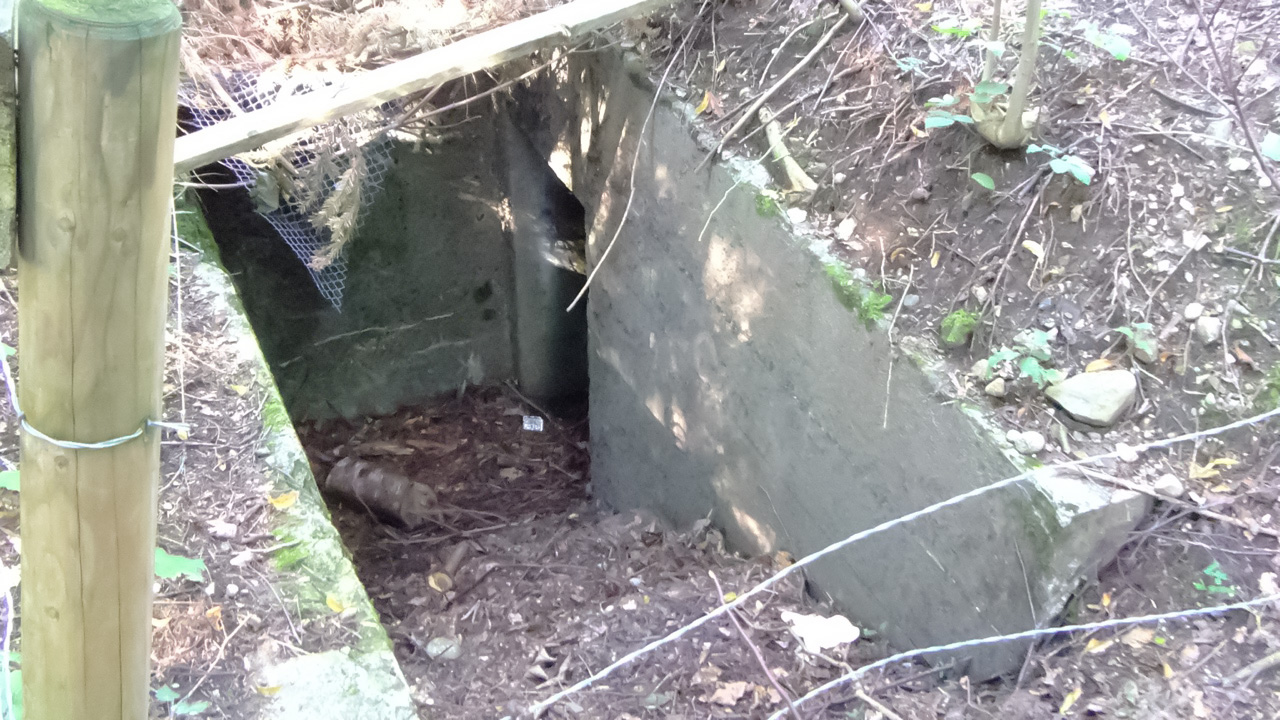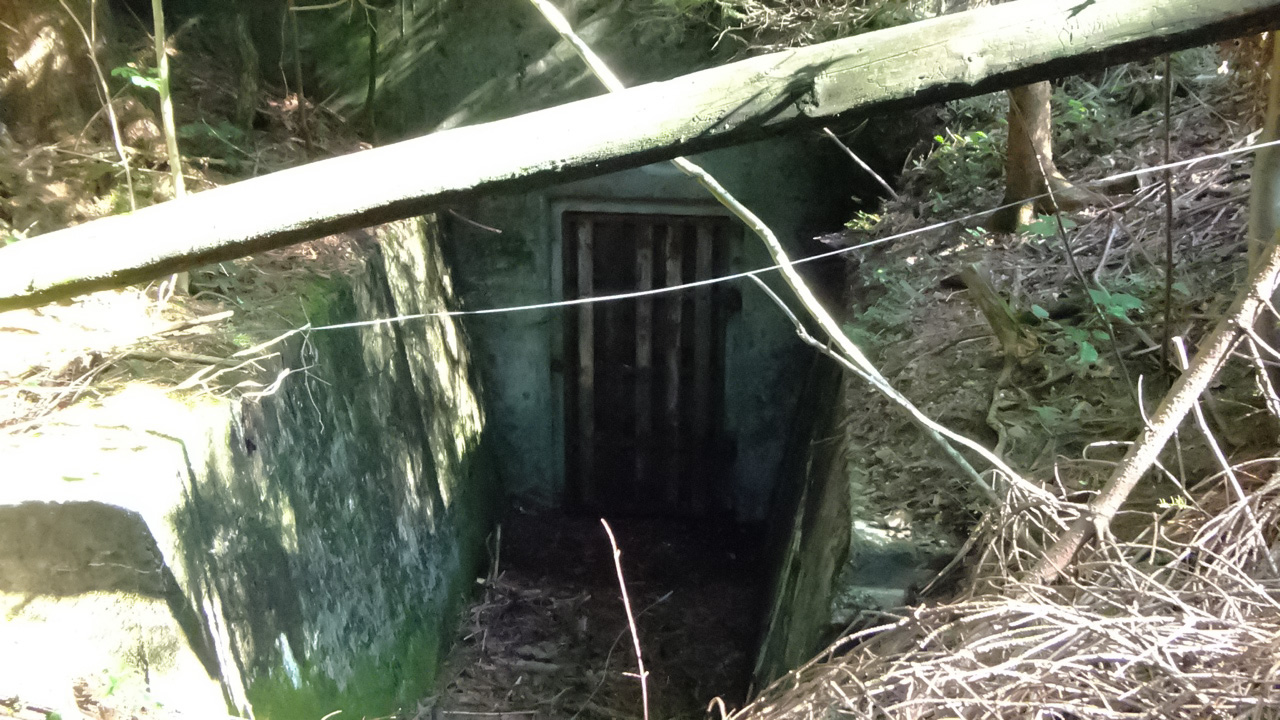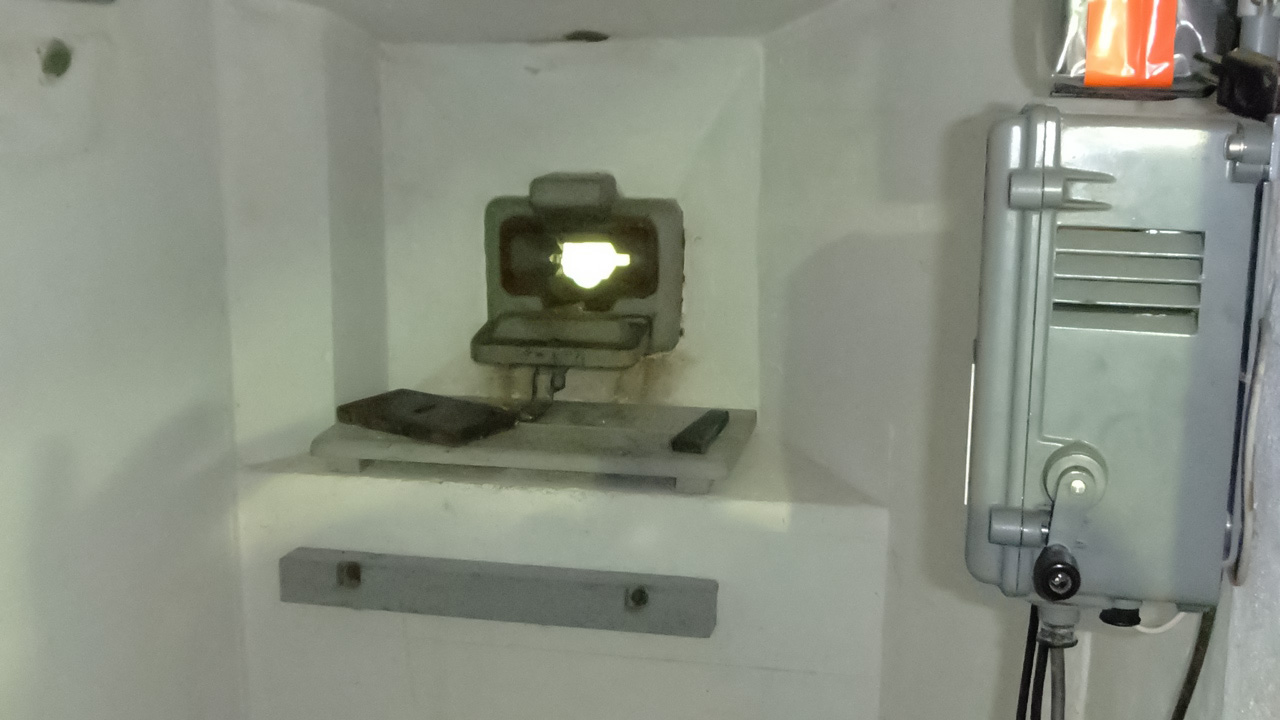- Home
- Our Newspaper
- News
- Bunker Mentality - 21st Century by Cary Harrison of Rethinking Heroes
Bunker Mentality - 21st Century by Cary Harrison of Rethinking Heroes
Here on the Zugerberg, in the foothills of the Swiss Alps, there is an international boarding school called Institut Montana. It is the alma mater of John Kerry (full disclosure - mine as well) and yours truly, and a host of other scallywags and often mysterious internationals. The school today is a bastion of forward-thinking but mindfully in a sensible, practical way.
While at the school building the first student-manned international radio station, I was tipped off to a vast bunker system in the adjacent woods. For another story at another time, I’ll tell you how I was able to properly enter the bunker system, sealed for the past 80 years.
It turns out that prior to and during World War II, Switzerland maintained a vast bunker system to protect its population and military infrastructure in case of a foreign invasion. Let’s be clear: Switzerland has a population of about 8.5 million - smaller than LA.
The Swiss government, with the support of the army, started constructing these bunkers in the 1930s, and by the end of the war, there were approximately 20,000 of them spread throughout the country.

The bunker system was designed to provide protection against a wide range of threats, including air raids, artillery fire, and gas attacks. Some of the bunkers were designed to house military equipment, ammunition, and supplies, while others were built to shelter civilians.
The most significant bunker complex in Switzerland was the National Redoubt, which was a network of bunkers and fortifications located in the Swiss Alps. The Redoubt was designed to be the last line of defense for the country and was equipped with artillery, anti-tank guns, and machine guns.
 In addition to the National Redoubt, Switzerland also had a vast network of underground tunnels, many of which were connected to the country's extensive railway system. These tunnels were used to transport troops, supplies, and equipment during the war.
In addition to the National Redoubt, Switzerland also had a vast network of underground tunnels, many of which were connected to the country's extensive railway system. These tunnels were used to transport troops, supplies, and equipment during the war.
Today, many of Switzerland's World War II bunkers have been decommissioned, while others have been converted into museums, storage facilities, and even hotels. More accurately, tech companies keep their digital data in these bunkers because the walls are up to 6 feet thick of pure concrete. It’s the same protection level as the famous Bahnhofstraße, under which lies much of the world’s gold. Who knows what other kind of loot, booty and treasure traded, laundered, hoodwinked and harvested over the centuries resides there?.
 Nevertheless, the country's extensive bunker system remains a testament to Switzerland's obsession with national defense during one of the most turbulent periods in modern history which is now almost glamorous compared to today's global geopolitics and the imminent threat of multiple nuclear wars.
Nevertheless, the country's extensive bunker system remains a testament to Switzerland's obsession with national defense during one of the most turbulent periods in modern history which is now almost glamorous compared to today's global geopolitics and the imminent threat of multiple nuclear wars.
Latest Articles
Latest Interviews
By Contributor:

Cary Harrison
Cary is LRT’s Broadcast and Media Reach Director. He is currently hosting Rethinking Heroes on 90.7 FM KPFK.
Cary also heads LRT’s ‘Impact Traveling’, focusing on meaningful enrichment experiences for both the traveler and the people/places traveled. Placed into Who’s Who in 2020, Cary can boast a lineage going back to the Mayflower and Abe Lincoln on his mother’s side and signers of the Declaration and Constitution on the paternal side.










